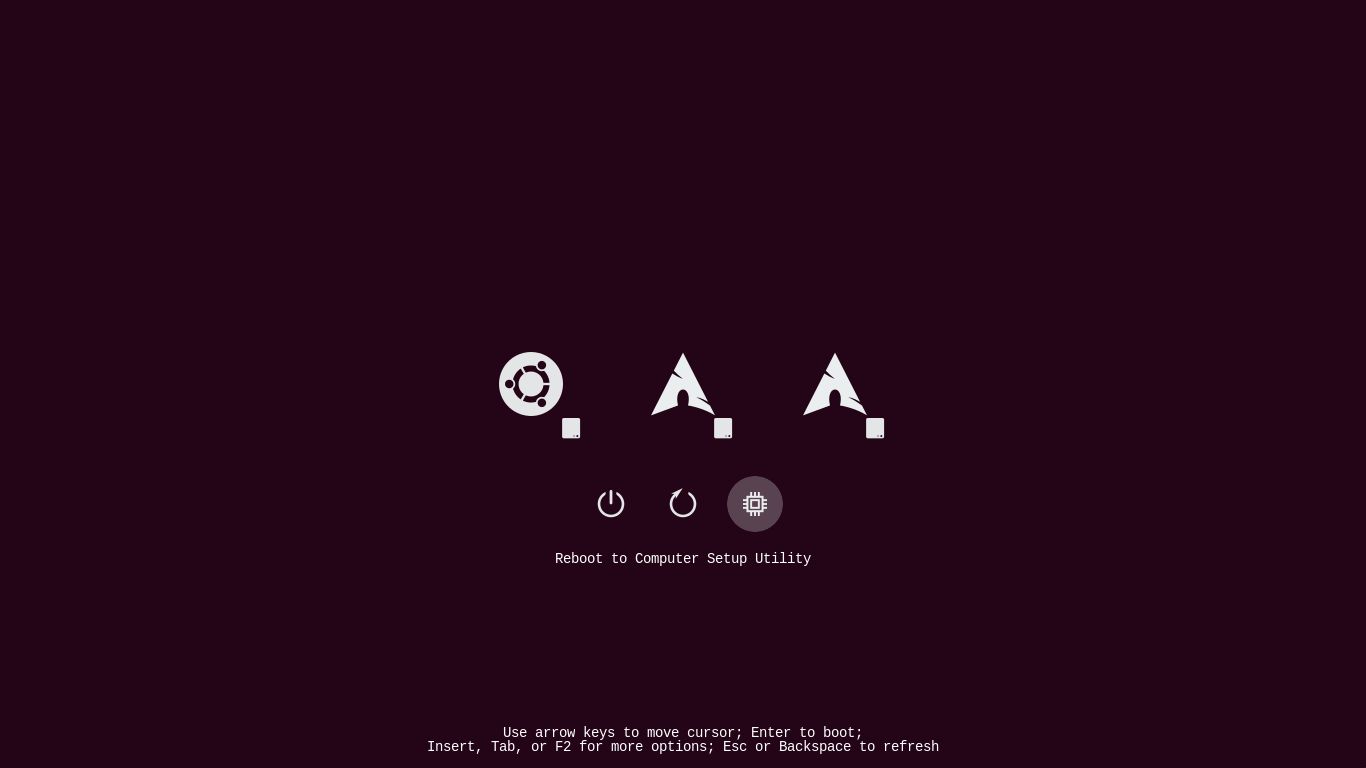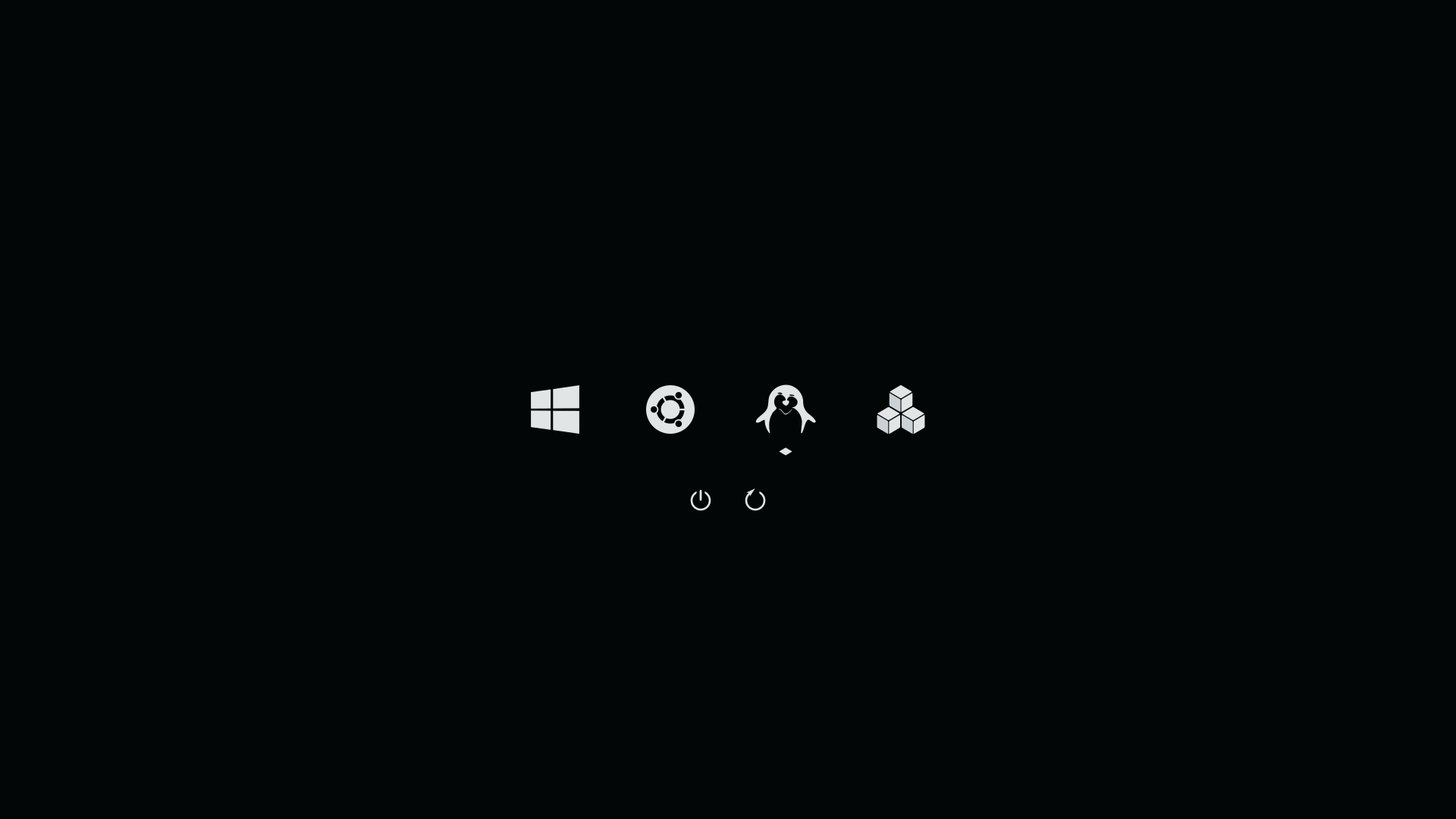

deleted by creator
Just an ordinary myopic internet enjoyer.
Can also be found at lemmy.zip, lemmy.world and piefed.social.
Formerly found at Kbin.social.


deleted by creator


I’ve had one of those (battery died, unfortunately) and if you’d look at its files, you’d notice that they are organized in a different structure than what an MP3 player might expect.

iPod_Control\Music’s sudirectories might contain some songs, but the filenames are hashes (corresponding to the entry in the iPod db). The metadata and the contents are perfectly fine, and you can play the file yourself via a different player (you can probably test it in your computer).
I suggest you just connect the iPod through the 3.5mm output audio jack or find a 3.5mm audio output to Bluetooth transmitter adapter.
EDIT:
WTF. I triple posted. My bad. I deleted the two others, also corrected some minor typos and mistakes.


I only got to know this because of an XKCD comic.


The author lost me when they showed the terminal command to install Nvidia drivers on Debian. Yes, it’s one sentence. That’s still extremely daunting to the vast majority of computer users. It undermines the author’s own thesis.
I think it’s just a consequence of the variety of ways a Linux distro can present its options and settings. It’s far easier—and arguably, safer—to share a command than to anticipate how to get to a certain option or setting.
Just as an aside, I had this exact same problem when a friend asked me to do something on my system. I ended up having to send them screenshots of what I’m looking at in order to direct me to where I need to be. All that trouble could have been avoided had they sent me a command to run on my terminal.
Is it better to have a utility that a user can just click? Yeah! Someone can write a utility program that can do just that, I guess. But then again, the problem now becomes how the user can make sure this utility program is in their system.
I guess it can be a bash script? The user can download the script and then make it usable. It’s a few clicks in Dolphin and (Gnome) Files, probably the same in Thunar, but we’re back to the same problem: the variety of ways a GUI can take to the same end.
I highly doubt that Linux users, at least the ones who value customization, will want to lose that customizability in order to make things easier for Windows refugees and pull more of them in.


IDK why, but I went in expecting someone rewriting the software for PS1 in Rust.


I’ve played Simutrans on and off ever since the mid 2010’s. I’m not any good at it, and usually play it without regard to a lot of its mechanics (especially managing finances), but I’ve spent countless of hours just connecting communities and cities with over-engineered roads, rail systems, ferries, and airplanes.


They certainly exist in Ikea here in the Philippines. I’ve been there a few months ago and the free pencils and paper tape measures (rulers?) are still there and being used.


I’ll add another datapoint. I’ve had to do some effort removing/disabling OEM bloatware and adware on my Xiaomi phone.
To be fair though, I bought it because it has good specs for its price, and I was already aware of all the bloat and adware that came with it. The first thing I did after unboxing the phone is to just excise all of that shit.
Global version from the Philippines, if you must know.

I am in no way an expert nor a proficient user of ReFind, but I looked at my own configuration and noticed that in the main configuration, the showtools line is commented out. However, when I looked at the configuration file of the theme I was using, there’s a showtools line:
# Minimal dark refind theme v.0.2
# Set the name of a subdirectory in which icons are stored.
icons_dir themes/darkmini/icons
# Your background!
#banner themes/darkmini/bg/ubuntu_two.png
banner themes/darkmini/bg/background.png
# Custom images for the selection background.
selection_big themes/darkmini/selection_big.png
selection_small themes/darkmini/selection_small.png
# Tools
showtools shutdown,reboot,firmware
I suppose then that if you’re using a ReFind theme, it might be overriding your base configuration.
Now, this is but an extra, so feel free to ignore this. This is how it looks like (mine has a different background image and list of OS’es):

I suppose you would want a more minimal look like this:

And here’s the theme in question, https://github.com/LightAir/darkmini
I hope that helps somehow. Best of luck!
EDIT:
Changed the image to better reflect how my ReFind looks like given the theme and configuration. Added an additional screenshot. Added explanatory text and separation between my main response and additional info.


KDE themes are a mixed bag for me. On one hand, they can potentially provide theming for little to no effort on my part (provided I do find a pre-made theme to my liking), but on the other, I had more luck with mixing and matching (and a lot of tweaking) different theme components (that is: color theme, application style, plasma style, window decorations, icon theme, cursor theme, etc). It’s a lot of work, and the result might not exactly be coherent, but you can really tweak quite a lot.
I haven’t really tried emulating the win7 look and feel by customizing KDE Plasma, but I think it’s possible. Someone in this comment chain claimed there’s a Win7 theme available, albeit not pulling it off perfectly. I guess that can be used as a starting point.


KDE Plasma + Klassy can do that. I think you can pull off a Win7 look with just those two.
KDE Plasma can get you far with its customization options, and Klassy adds more customization on top of that, and adds the translucent/transparent effects you need to emulate the Win7 look.


It depends on what you need on a terminal. If I just wanted a terminal, I’d go with Foot, but Konsole (on KDE Plasma) might be a good all-around solution.


Not too sure if they outright lied, but I suppose we can say that they used the change to make their drives seem larger!
That’s why I wished computer people had used a prefix system distinct from the SI ones. If we’re measuring our storage devices in yeetibytes rather than gigabytes, for example, then I suppose there’s less chance that we’ve ended up in this situation.


I realized why I didn’t think of base 2 in my previous reply. For one, hexadecimal (base 16) often used in really low-level programming, as a shorthand for working in base 2 because base 2 is unwieldy. Octal (base 8) was also used, but not so much nowadays. Furthermore, even when working in base 2, they’re often grouped into four bits: a nibble. A nibble corresponds to one hexadecimal digit.
Now, I suppose that we’re just going to use powers of two, not base-2, so maybe it’d help if we do a comparison. Below is a table that compares some powers of two, the binary prefixes, and the system I described earlier:
| Decimal value | Value with corresponding binary prefix | Hexadecimal Value | Value with prefixes based on powers of 16 | |
|---|---|---|---|---|
| 20 | 1 | 1 | 1 | 1 |
| 24 | 16 | 16 | 10 | 16 |
| 28 | 256 | 256 | 100 | 256 |
| 210 | 1 024 | 1 Ki | 400 | 1 024 |
| 212 | 4 096 | 4 Ki | 1000 | 4 096 |
| 216 | 65 536 | 64 Ki | 1 0000 | 1 myri |
| 220 | 1 048 576 | 1 Mi | 10 0000 | 16 myri |
| 224 | 16 777 216 | 16 Mi | 100 0000 | 256 myri |
| 228 | 268 435 456 | 256 Mi | 1000 0000 | 4 096 myri |
| 230 | 1 073 741 824 | 1 Gi | 4000 0000 | 16 384 myri |
| 232 | 4 294 967 296 | 4 Gi | 1 0000 0000 | 1 dyri |
| 236 | 68 719 476 736 | 32 Gi | 10 0000 0000 | 16 dyri |
| 240 | 1 099 511 627 776 | 1 Ti | 100 0000 0000 | 256 dyri |
| 244 | 17 592 186 044 416 | 16 Ti | 1000 0000 0000 | 4 096 dyri |
| 248 | 281 474 976 710 656 | 256 Ti | 1 0000 0000 0000 | 1 tryri |
| 250 | 1 125 899 906 842 624 | 1 Pi | 4 0000 0000 0000 | 4 tryri |
| 252 | 4 503 599 627 370 496 | 4 Pi | 10 0000 0000 0000 | 16 tryri |
| 256 | 72 057 594 037 927 936 | 64 Pi | 100 0000 0000 0000 | 256 tryri |
| 260 | 1 152 921 504 606 846 976 | 1 Ei | 1000 0000 0000 0000 | 4 096 tryri |
| 264 | 18 446 744 073 709 551 616 | 16 Ei | 1 0000 0000 0000 0000 | 1 tesri |
Each row of the table (except for the rows for 210 and 250) would be requiring a new prefix if we’re to be working with powers of 2 (four apart, and more if it’d be three apart instead). Meanwhile, using powers of 16 would require less prefixes, but would require larger numerals before changing over to the next prefix (a maximum of 164 - 1 = 216 - 1 = 65 535)
One thing that works to your argument’s favor is the fact that 1024 = 210. But I think that’s what caused this entire MiB vs. MB confusion in the first place.
However, having said all that, I would have been happy with just using an entirely different set of prefixes, and kept the values based on 210.


I guess? I just pulled that example out of my ass earlier, thinking well, hexadecimal is used heavily in computing, so maybe something with powers of 16 would do just fine.
At any rate, my point is that using a prefix system that is different and easily distinguishable from the metric SI prefixes would have been way better.


I think the biggest mistake there is using SI prefixes (such as kilo, mega, giga, tera) with bytes (or bits) to refer to the power of two near a power of ten in the first place. Had computer people had used other names for 1024 bytes and the like, this confusion between kibibytes and kilobytes could have been avoided. Computer people back then could have come up with a set of base·16 prefixes and used that for measuring data.
Maybe something like 65,536 bytes = 1,0000 (base 16) = 1 myri·byte; 4,294,967,296 bytes = 1,0000,0000 (base 16) = dyri·byte; and so on in groups of four hex digits instead of three decimal digits (16¹² = tryri·byte, 16¹⁶ = tesri·byte, etc). That’s just one system I pulled out of my ass (based on the myriad, and using Greek numbers to count groups of digits), and surely one can come up with a better system.
Anyways, while it’d take me a while to recognize one kilobyte as 1000 bytes and not as 1024 bytes, I think it’s better that ‘kilo’ always means 1000 times something in as many situations as possible.


If the earliest sports were a way to practice skills needed for hunting or warfare, then making an e-sport out of spreadsheets is going back to the roots of sports. It’s practicing skills needed for your daily job.
I’ve used Librewolf until pretty recently and I say it’s not for everyone. It’s hardened Firefox made into its own thing for people who want the benefits of hardened Firefox but don’t want to go through the effort of hardening their Firefox install.
There are some sites that wouldn’t work in the strictest settings. As far as I remember, the most problematic sites with Librewolf are those that demand way too much in terms of privacy and security, so I took it as a given that if a site doesn’t work with Librewolf (with me using the default settings), it’s not worth it to enter to begin with.


Back when I tried it, I only had it in one device–which is great, since I dunno if I can do it on more than one device, let alone worry how a hardened Firefox mobile would even look like.
I actually don’t remember if the settings change with updates. But I suppose they don’t (as they don’t either with Librewolf). What I meant with “hard to maintain” is basically keeping note that the hardened Firefox config doesn’t behave like vanilla Firefox (and isn’t expected to). Making some temporary changes to accommodate a “necessary evil” website, you’d have to make note what setting you “temporarily” have to change it to, what the hardened config should be for that setting, and most importantly: remembering to change it back to the hardened config.
So, I guess it’s not really a matter of maintaining the config than being aware of all those config changes (from default). With LibreWolf, I’m just brushing it off as “yeah, that’s how LibreWolf works.”
deleted by creator